.
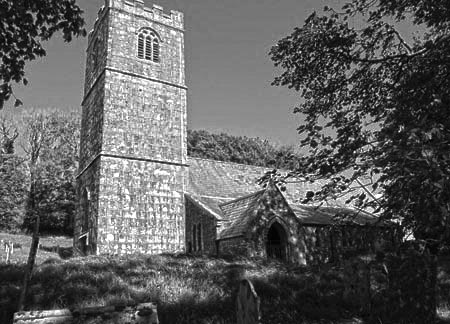
St. Clether is situated on the east flank of Bodmin Moor approximately eight miles (13 km) west of Launceston in the valley of the River Inny and is part of the Hundred of Lesnewth, and the Deanery of Trigg Major. The population of the civil parish at the 2011 census was 143.
The Norman Church tower is built of granite and is of late medieval date; the font is Norman and very plain. The church was antintly considered as part of the manor of Treglasta, which lies chiefly in Altarnun, but the sire of which is in Davidstow. In 1865, the church was almost entirely rebuilt – only the tower precedes this date. It comprises a chancel, nave, south aisle, and vestry. The arcade consists of three low round piers, and one square; the arches are segmental and acutely pointed, with plain soffits. There is a south porch and a priest’s door; the west, or tower door, is blocked. The tower, built of granite, is on three stages, and is embattled. It now contains five bells.
St. Clether (St Clederus) was the son of Clydwyn (one of the twenty-four children), prince of Carmarthen and grandson of Brychan. He came to Cornwall in consequence of the invasion of his territories by Dyfnwal in the 5th century, and here he spent a great part of his life, and died at an advanced age. He settled in the Inney valley in a most picturesque spot between great ruins of rock, where a perennial spring of the coolest, clearest water gushes forth. There can be very little doubt that St. Clether employed this spring as his baptistery, for the traditional usage of fetching water from it for baptisms in the parish church has lingered on there. The holy well lies north-east of the chapel or oratory. When the chapel was reconstructed in the fifteenth century the water from the holy well was conveyed in a cut granite channel under the wall, and came sparkling forth in a sort of locker on the right side of the altar in the thickness of the wall. To reach this there was a descent of a step in the floor. Thence the water flowed away underground, and gushed forth in a second holy well, constructed in the depth of the chapel wall outside on the south near the east end. Consequently there are two holy wells. The first, it is presumed, was the baptismal well ; the second was used to drink from. A relic of the saint was placed in the channel where exposed; the water flowed over it, acquired miraculous virtues, and was drunk at the second well outside the chapel by those who desired healing.
The well chapel was restored in 1895 and is said to be one of Cornwall’s best preserved. The chapel itself until the 12th century, served as the parish church. The church of St. Clether was, in remote periods of time, considered as a part of the manor of Treglasta, which lies chiefly in Altarnun, but of which the site is in Davidstow. As a part of this manor, this church was held so early as the days of Edward l. by John de Ripariis, by whom it was conveyed to Philip Cornwallis, archdeacon of Winchester. This gentleman made it the endowment of a chantry chapel in the churchyard of St. Austell. The chapel of Menacuddle, in the parish of St. Austell, and the advowson of St. Clether, were granted by-queen Elizabeth in 1596, to William Bourne and James George.
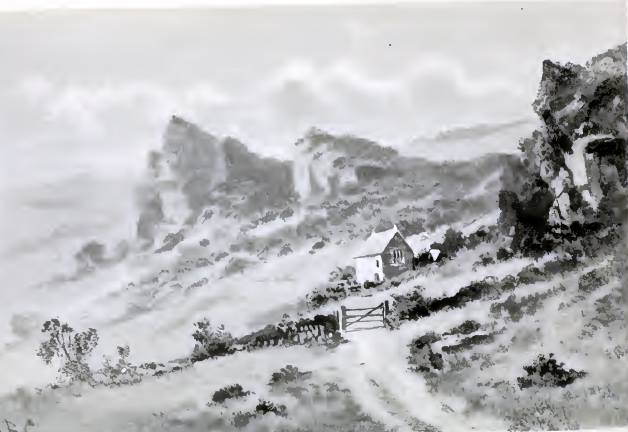
A. G. Langdon (1896) records five stone crosses in the parish of which four are at the old manor house of Basill Barton.
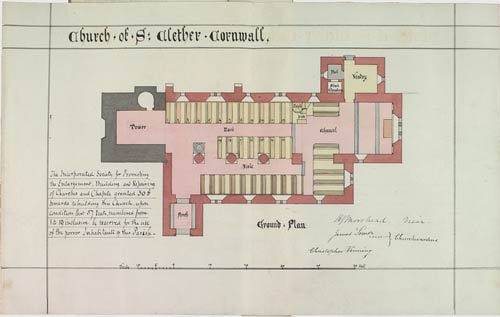
Within the parish sits the Manor of Basil (Basill) once the long time residence of the Trevelian (Trevellyan) family. Of one of the Trevillians who resided at Basil, the following curious anecdote has long been in circulation. ‘Mr. Trevillian being much in debt, the high sheriff with his posse comitatus, came to his house to arrest him. As he approached the house, Mr. Trevillian, shut the door, and retired to his chamber, from the window of which he thus addressed the sheriff. “ Sir, I guess your business; but I warn you to depart hence within a quarter of an hour, otherwise I will send out my spearmen among your followers.” He then shut the window, and retired. The sheriff however, and his posse
comitatus, who were not to be driven away with idle threats, waited with suspicious bodings the flight of fifteen minutes, and the arrival of the great event. The time being elapsed, Mr. Trevillian again appeared, and observed, “I perceive Mr. Sheriff you are not gone; however, I will soon make you go.” Thus saying, he threw six or seven hives of bees out of the window, which soon accomplished his threatening, and drove the sheriff from his door.’
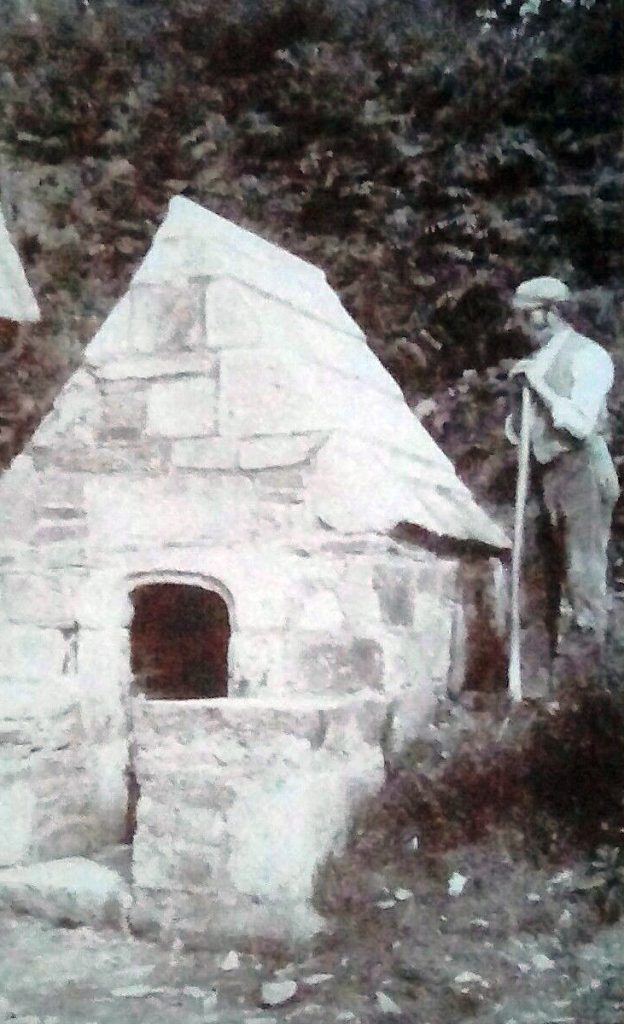
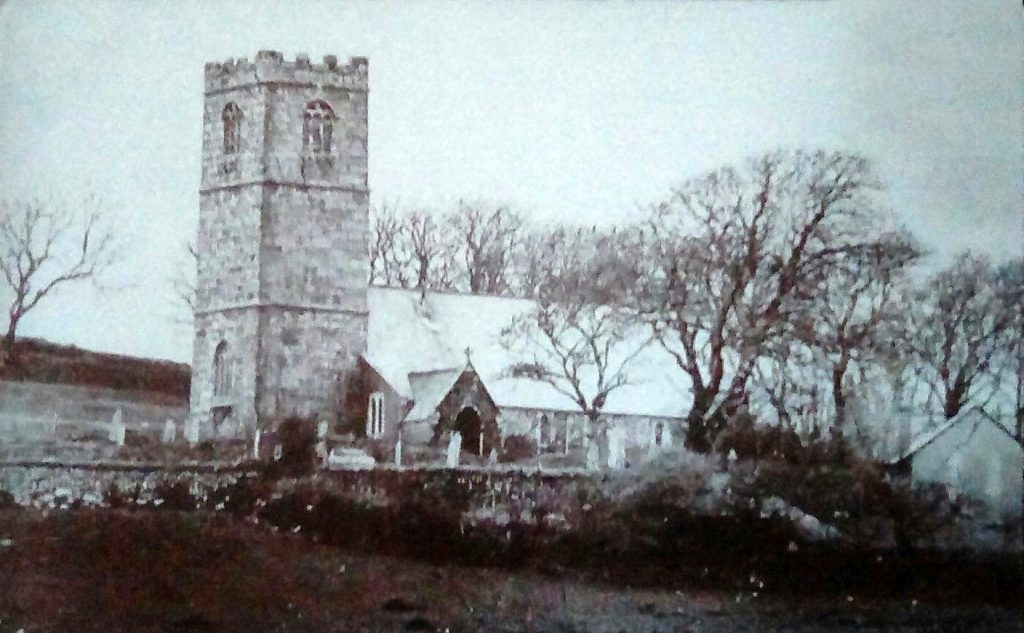
Above St. Clether Holy Well after its 1895 restoration and St. Clether Church also in 1895.
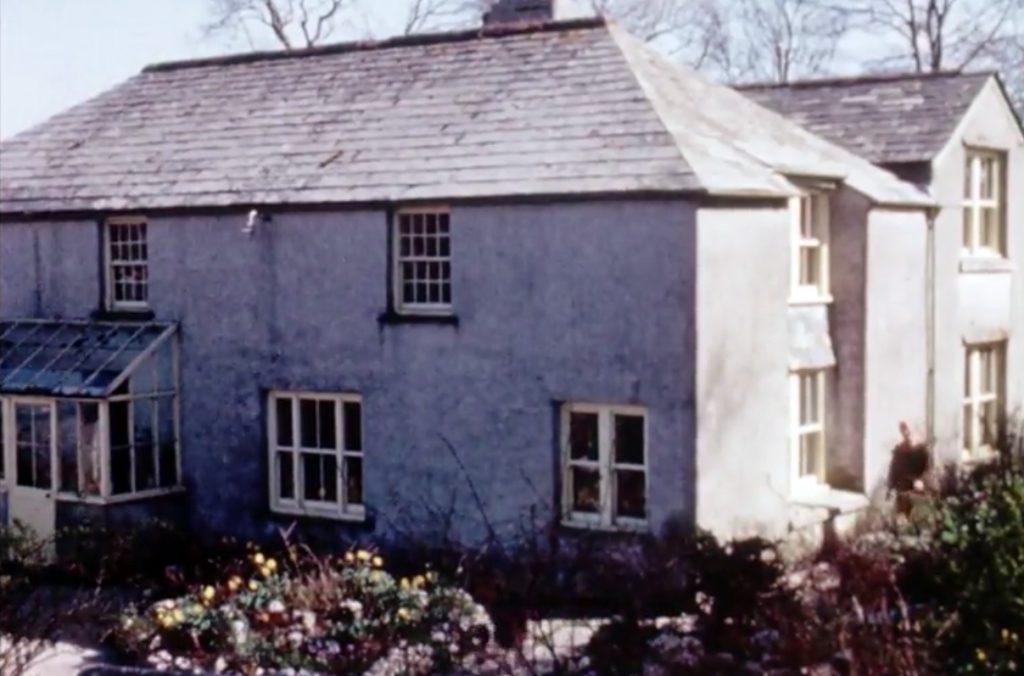
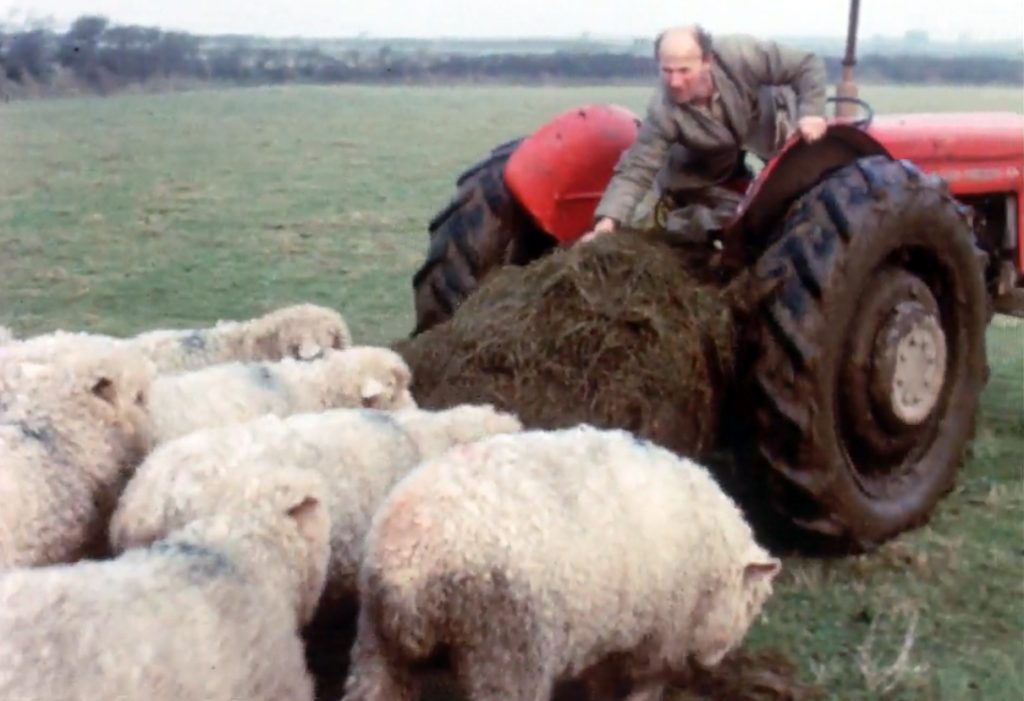
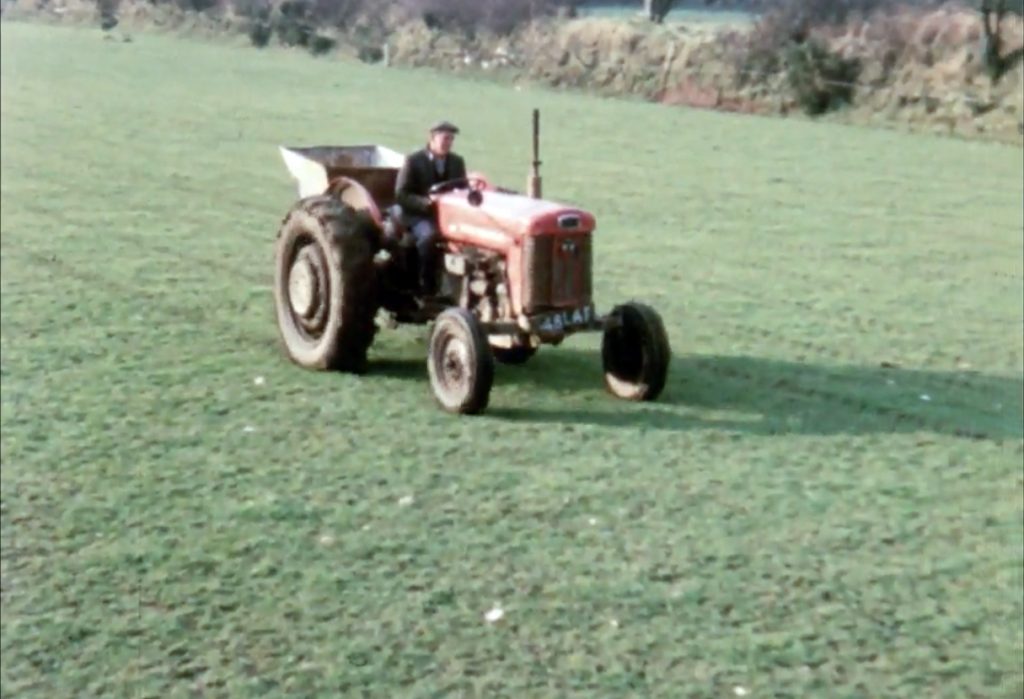
Those that served during World War One from St. Clether.
William Boundy
William was born in 1887 to John and Elizabeth Boundy at Davidstow. His Father was a Farm Labourer.He enlisted with the Dorset Regiment (Regimental No. 19974) serving with the 5th (Service) Battalion. He survived the war and possibly married Elizabeth Champion in 1915 before he joined up. They set up home at Chapel Terrace, St. Breward.
William John Colwill
William was born in 1893 to Jonathan and Mary Jane Colwill at Cold Northcott, St. Clether. His Father was a Farmer and Shoe Maker. He enlisted as a Private with the Duke of Cornwall’s Light Infantry (Regimental No. 15822). He survived the war and in 1924 married Lucy M Pasco at Launceston.
John Coombe
John was born in 1898 at Altarnun to John and Grace Coombe. He enlisted at Hayle with the Duke of Cornwall’s Light Infrantry (Regimental No. 24204) as a Private serving with the 7th Battalion. He was killed in action on March 22nd, 1918. His body was never identified but he is commemorated on the
Pozieres Memorial, Somme, France, Panel 45, and on the St. Clether Church Roll of Honour. At the time of his death his mother, Grace, was living at Treyeare Lodge, Lewannick.
Joseph Morley Edwards
Joseph was born in 1893 to Richard and Mary A Edwards at Launceston. His Father was a Tailor. On leaving school he went to work for Mr. Thomas Vosper of Coombe Lake, Tremaine as an assistant Butcher. He enlisted as a Private with the Duke of Cornwalls Light Infantry (Regimental No. 2922/201046) . He survived the war and in 1920 married Eliza J Sandercock. He passed away in 1957 at the age of 64 at Launceston.
Richard Northey
Richard was born in 1893 to Richard and Elizabeth A Northey at Treven Cottage, St. Clether. His Father was a General Agricultural Labourer. He enlisted with the Middlesex Regiment (Regimental No. 508) serving with the 8th Battalion.
There is no other information on his military service.
William Pooley
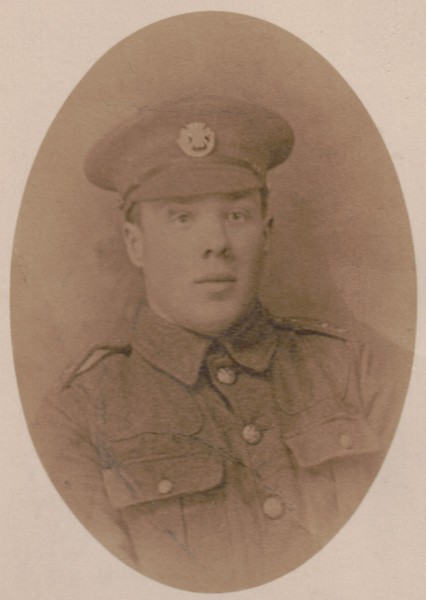
William was born in 1895 to Robert and Grace Pooley at Rosebepote, St. Clether. He enlisted with the Duke of Cornwall’s Light Infantry (Regimental No. 3160) serving with “A” Company 1st/5th Battalion as a Private, arriving at the Western Front in April 1916. While engaged in trench work on November 23rd, 1916, an enemy shell exploded, killing him and two others instantly. His body was never identified but his name is commemorated on the Thiepval Memorial, Somme, France, Pier and Face 6 B and also on the St. Clether Church Roll of Honour.
Visits: 352
